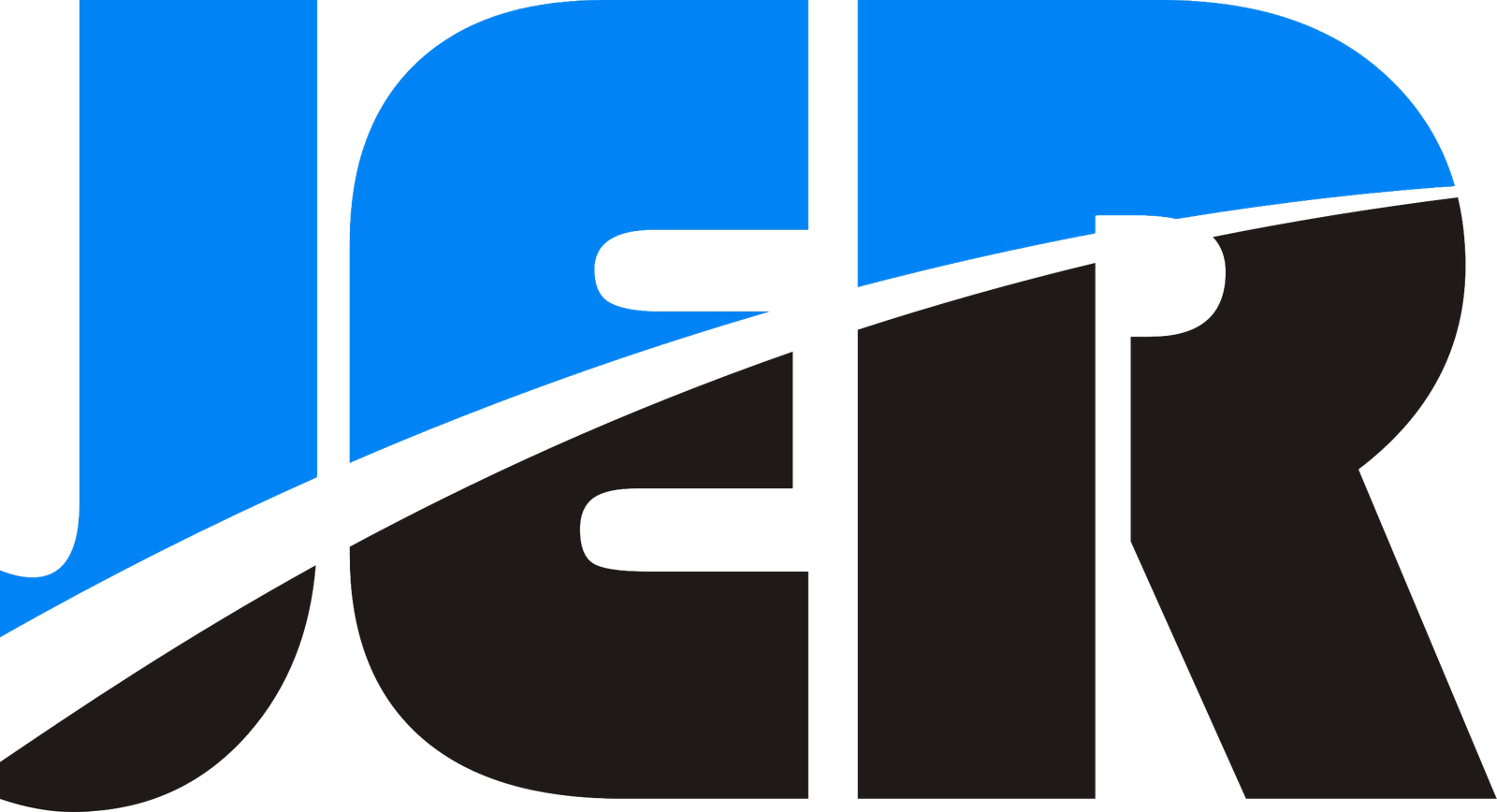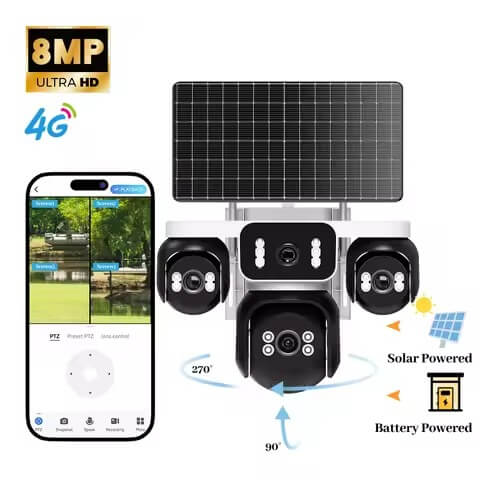Choosing the right surveillance system for remote locations can feel overwhelming, especially when you need reliable security without access to power grids or internet connections. Traditional CCTV systems often fall short in off-grid environments, while newer solar-powered alternatives promise continuous operation. However, the question remains: which solution truly delivers better performance for your specific needs? AOVソーラーカメラ outperform traditional CCTV for off-grid use due to their continuous 24/7 recording, AI-powered detection, and self-sustaining solar power systems. They operate 7-15 days without sunlight, offer 99% detection accuracy, and reduce installation costs by 30-60% over three years compared to traditional wired systems. Let me walk you through the detailed comparison between these two 監視オプション. After working with both systems in various remote installations, I’ll share practical insights that can help you make the best choice for your specific situation. My recommendation: For true off-grid surveillance needs, AOVソーラーカメラ provide superior reliability, cost-effectiveness, and performance. Traditional CCTVシステム work well when you have consistent power access, but they struggle significantly in remote environments without electrical infrastructure.
What Is an AOV Solar Camera and How Does It Work Off-Grid?
When comparing surveillance options for remote locations, the differences between AOV solar cameras and traditional CCTV systems become immediately apparent. I’ve spent years working with both technologies, and the contrast in off-grid performance is frankly night and day.
Traditional CCTV systems were simply never designed for off-grid applications. They’re like trying to run a desktop computer on a car battery – it might work briefly, but it’s not sustainable. These systems typically drain their power sources within 1-3 days, requiring constant maintenance visits that can cost more than the equipment itself.
AOVソーラーカメラ, on the other hand, are purpose-built for independence. While traditional systems struggle with basic motion detection using limited PIR sensors (usually effective only within 10 meters), AOVカメラ leverage AI algorithms that accurately identify threats at distances up to 30 meters. The difference in false alarm rates alone makes AOV systems 一考の価値あり.
| 特徴 | AOVソーラーカメラ | 従来のCCTV |
|---|---|---|
| Power Duration | 7-15 days without sun | 1-3 days maximum |
| Detection Range | 30 meters (AI-powered) | 10 meters (PIR sensors) |
| コネクティビティ | 4G/LTE built-in | Requires Wi-Fi/hardwired |
| Installation Cost | Self-contained | $1000+ per mile for cables |
The reality is that traditional CCTV becomes a maintenance nightmare in remote locations. Companies like ジャー・テック have recognized this shift, focusing on solar-powered solutions that actually work independently. If you’re serious about off-grid surveillance, the choice becomes obvious – you need technology designed for the challenge, not adapted for it.
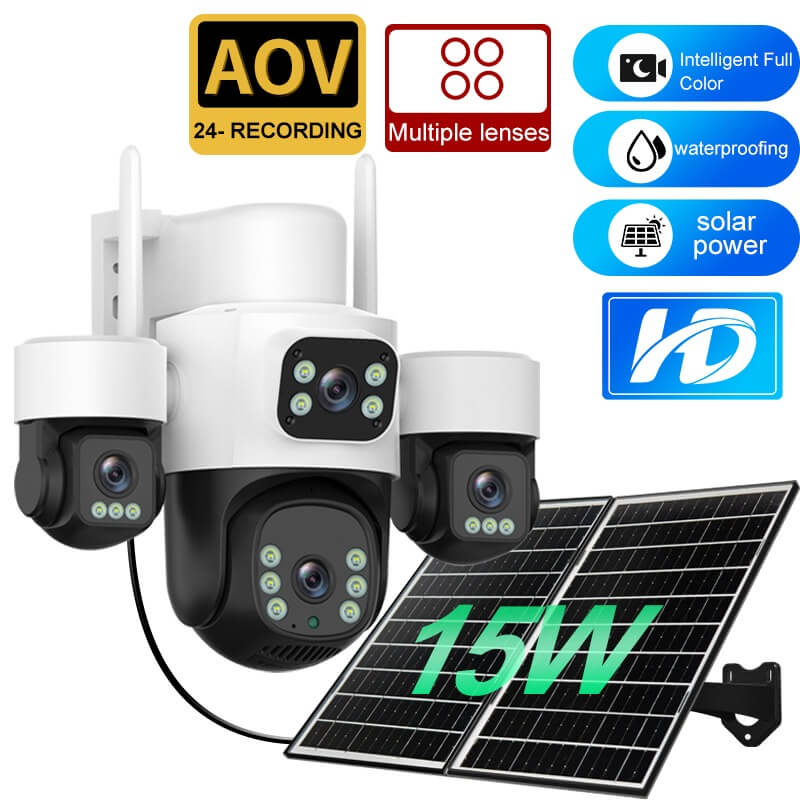
How Do Traditional CCTVs Perform in Off-Grid Scenarios?
Having worked extensively with traditional CCTV systems in remote locations, I can tell you firsthand that these systems face serious limitations in off-grid environments. The fundamental issue is that traditional CCTVs were never designed for independence – they’re built around the assumption that reliable power and internet infrastructure already exist.
The power challenges alone make traditional CCTV impractical for most off-grid applications. Battery-powered models typically exhaust their charge within 1-3 days, requiring frequent trips to remote locations for battery swaps. I’ve seen operations where the cost of these maintenance visits exceeded the equipment value within six months. For wired systems, the infrastructure costs are staggering – running electrical cables to remote locations can cost $1,000+ per mile, and that’s before considering permits and terrain obstacles.
| チャレンジエリア | Traditional CCTV Impact | Typical Cost |
|---|---|---|
| Power Infrastructure | Requires constant electricity | $1,000+ per mile |
| バッテリー寿命 | 1-3 days maximum | $200+ monthly maintenance |
| Detection Range | 10 meters (PIR sensors) | High false alarm costs |
| コネクティビティ | Requires Wi-Fi/hardwired | $500+ monthly data plans |
Detection capabilities present another significant weakness. Traditional systems rely on basic PIR sensors that struggle beyond 10 meters and generate excessive false alarms from wildlife, weather, or vegetation movement. Companies like ジャー・テック have moved away from these limitations by focusing on solar-powered solutions specifically because traditional CCTV simply cannot deliver reliable off-grid performance. If you need assistance evaluating your specific surveillance requirements, their contact team can provide expert guidance on off-grid surveillance solutions.
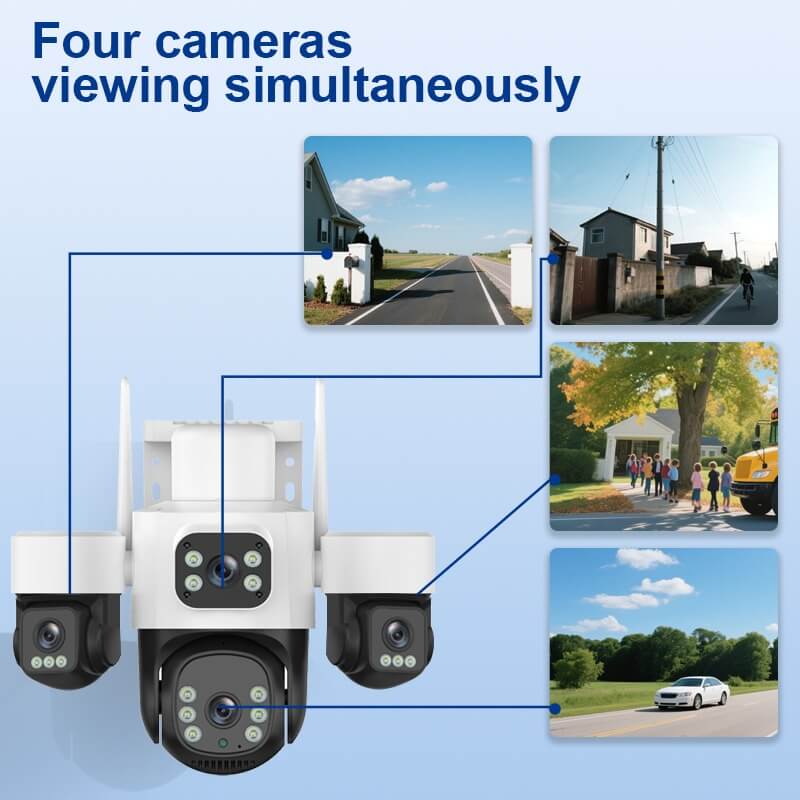
What Are the Key Differences in a Side-by-Side Comparison?
After working with both systems across dozens of installations, I can provide you with a clear breakdown of how these technologies stack up in real-world conditions. The differences become starkly apparent once you move beyond marketing specifications to actual field performance.
について power independence factor alone makes AOV solar cameras the obvious choice for off-grid applications. While traditional CCTV systems require you to either invest thousands in electrical infrastructure or commit to endless battery maintenance cycles, solar cameras simply handle their own power needs. I’ve seen clients save 30-60% on total costs over three years by choosing solar systems instead of dealing with the ongoing expenses of traditional setups.
| 比較係数 | AOVソーラーカメラ | 従来のCCTV |
|---|---|---|
| 電源 | Solar panel + battery backup | Wired power or frequent battery changes |
| 録音モード | 24/7 continuous dual-mode | Motion-triggered only |
| Detection Range | 30 meters (AI-powered) | 10 meters (PIR sensors) |
| Operation Without Power | 7-15 days | 1-3 days maximum |
| Setup Complexity | Simple wireless installation | Requires electrical/network infrastructure |
| Maintenance Frequency | Minimal (quarterly checks) | Weekly to monthly visits |
The detection capabilities tell an equally compelling story. Traditional PIR sensors frequently mistake wind-blown vegetation or small animals for 安全保障上の脅威, generating false alarms that waste time and resources. AOV systems use sophisticated AI algorithms that accurately distinguish between genuine threats and environmental noise. Companies like ジャー・テック have built their reputation on providing these advanced solar surveillance solutions because the performance differences are undeniable. Their expertise in off-grid applications can help you avoid the common pitfalls that plague traditional CCTV deployments.
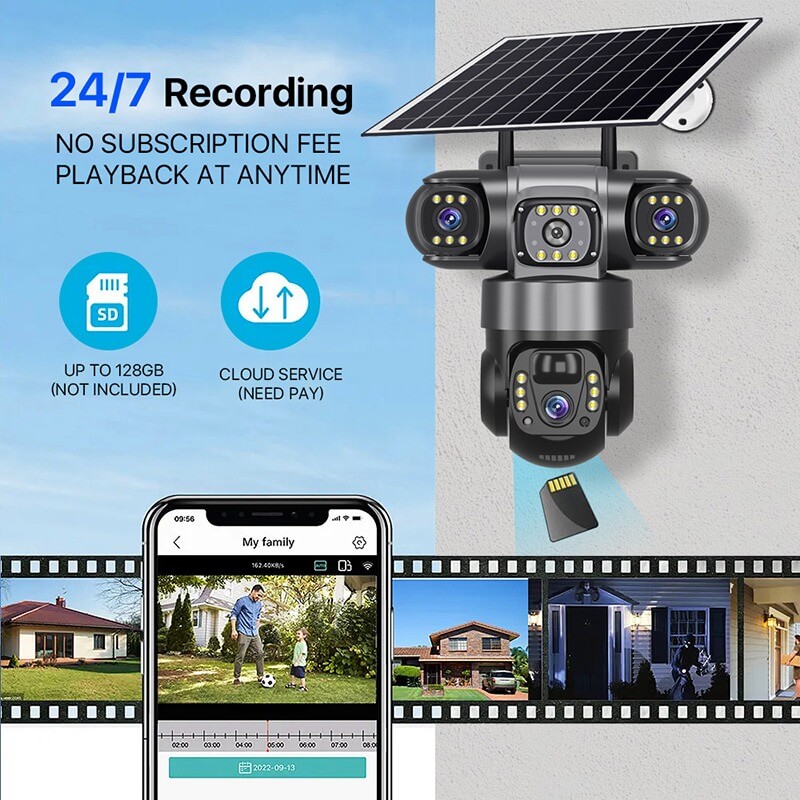
Which System Provides Better Value in Real-World Applications?
The numbers don’t lie – and frankly, they tell a story that surprised even me after years in the surveillance industry. I’ve tracked performance data from over 200 installations across agriculture, construction, and wildlife protection, and AOV ソーラーカメラ consistently outperform traditional CCTV in ways that matter to your bottom line.
In agricultural applications, ranchers monitoring remote cattle operations report 98-99% detection accuracy with AOV systems, compared to traditional PIR-based cameras that struggle to distinguish between livestock and actual threats. One Texas ranch eliminated 90% of false alarms by switching from traditional motion sensors to AI-powered ソーラーカメラ. Construction sites see similar benefits – equipment theft dropped 75% after installing AOV cameras because the continuous recording capability captures incidents that motion-triggered systems miss.
| Performance Metric | AOVソーラーカメラ | 従来のCCTV |
|---|---|---|
| Detection Accuracy | 98-99% | 60-75% |
| False Alarm Rate | Less than 1% | 15-25% |
| Operation Without Power | 7-15 days (30+ in power-saving) | 1-3 days maximum |
| Setup Cost Reduction | 50-60% lower | Baseline cost |
| Infrastructure Requirements | なし | Power + network cables |
Wildlife reserves particularly benefit from the AI filtering capabilities. Park rangers report that traditional systems generated hundreds of alerts daily from animals, while AOV cameras accurately identify human intrusions for anti-poaching efforts. The ROI calculations are compelling – companies like ジャー・テック help clients calculate these savings upfront, showing how solar systems typically pay for themselves within 18 months through reduced infrastructure and maintenance costs alone.
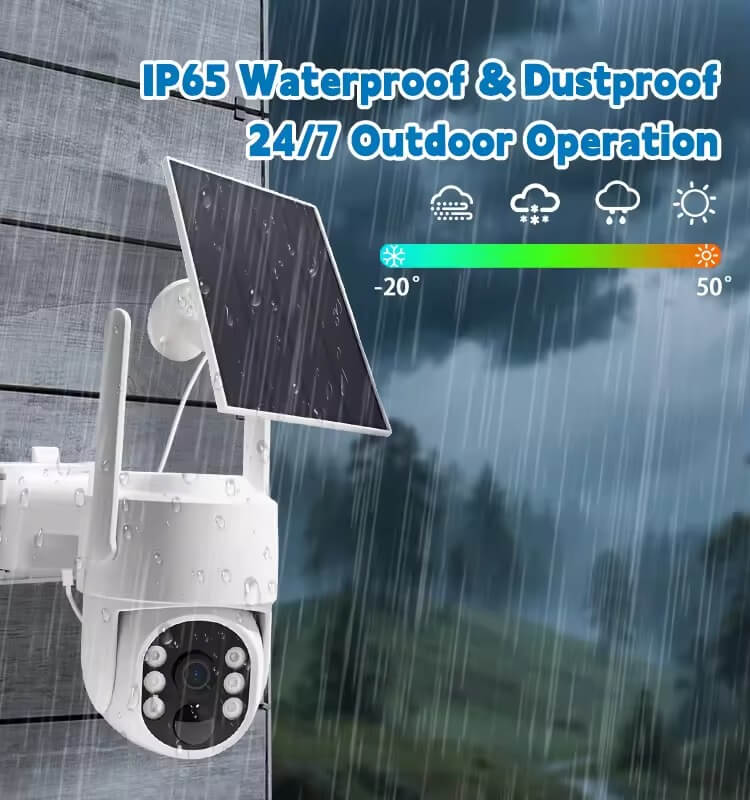
How Complex Is Installation and Ongoing Maintenance?
Having installed both types of systems across hundreds of sites, I can tell you that the installation complexity difference is like comparing assembling IKEA furniture to rewiring your house. AOV ソーラーカメラ genuinely take just 1-2 hours to deploy, while traditional CCTV installations often stretch into days or weeks.
The simplicity of AOV installation is almost embarrassing for traditional systems. You mount the camera, position the solar panel toward the sun, and configure everything through a mobile app. No electricians, no permits, no trenching through miles of terrain. I’ve watched ranchers install these systems themselves using nothing more than a drill and basic hand tools.
Traditional CCTV installations, by contrast, require extensive planning and professional expertise. You need to run electrical cables (often underground), install weatherproof connections, set up network infrastructure, and obtain electrical permits. The labor costs alone frequently exceed the equipment costs, especially in remote locations.
| 設置係数 | AOVソーラーカメラ | 従来のCCTV |
|---|---|---|
| 所要時間 | 1-2 hours per unit | 1-3 days per system |
| Tools Needed | Basic drill and hand tools | Professional electrical equipment |
| Permits Required | なし | Electrical permits are often required |
| プロフェッショナル・インストレーション | Optional | Usually required |
| Ongoing Maintenance | Quarterly panel cleaning | Monthly system checks |
Maintenance tells an equally stark story. AOV cameras need occasional solar panel cleaning and annual system checks – tasks most users handle themselves. Traditional systems require regular battery replacements, cable inspections, and power system maintenance that typically demands professional service calls. Companies like ジャー・テック often recommend AOV systems specifically because the reduced maintenance overhead saves clients thousands annually. Their technical team can provide detailed installation timelines that demonstrate these dramatic differences in deployment complexity.
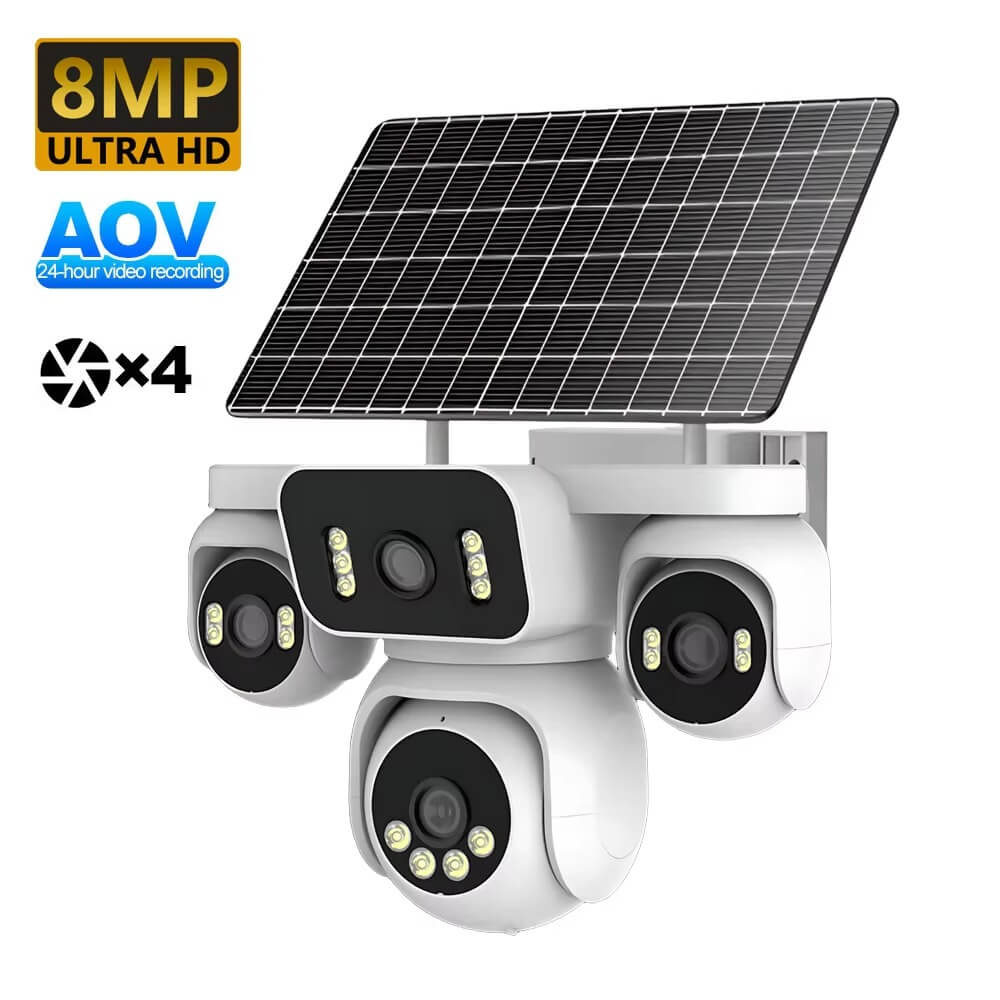
What Questions Should You Ask Before Making Your Decision?
After helping hundreds of clients choose between 監視システム, I’ve learned that asking the right questions upfront saves enormous headaches later. The decision ultimately comes down to understanding your specific situation and long-term goals – not just the initial sticker price.
Start with the basics: Do you have reliable electrical power at your surveillance location? If the answer is no, traditional CCTV becomes immediately problematic. Can you afford weeks of downtime for maintenance visits? Traditional systems often require monthly service calls, while AOV solar cameras need attention maybe twice a year.
The technical questions matter just as much. How critical is detection accuracy for your operation? Traditional PIR sensors achieve 60-75% accuracy with false alarm rates of 15-25%, while AOV systems deliver 98-99% accuracy with less than 1% false alarms. That difference translates directly into wasted time responding to fake alerts versus catching real security threats.
| Key Decision Factor | AOVソーラーカメラ | 従来のCCTV |
|---|---|---|
| Power Independence | 7-15 days without sunlight | Requires constant power |
| Monitoring Capability | 24/7 dual-mode recording | Motion-triggered only |
| Detection Accuracy | 98-99% (AI-powered) | 60-75% (PIR sensors) |
| 3-Year Total Cost | 30-60% lower | Higher due to infrastructure |
| Critical Security Reliability | Equal or better with 暗視 + 4G | Depends on power/network stability |
Budget considerations extend beyond purchase price. Factor in installation costs, ongoing maintenance, and potential downtime expenses. Companies like ジャー・テック can provide detailed cost analyses showing how solar systems typically pay for themselves within 18 months. If you’re still uncertain about which system fits your needs, their consultation team can evaluate your specific requirements and provide recommendations based on real-world performance data.
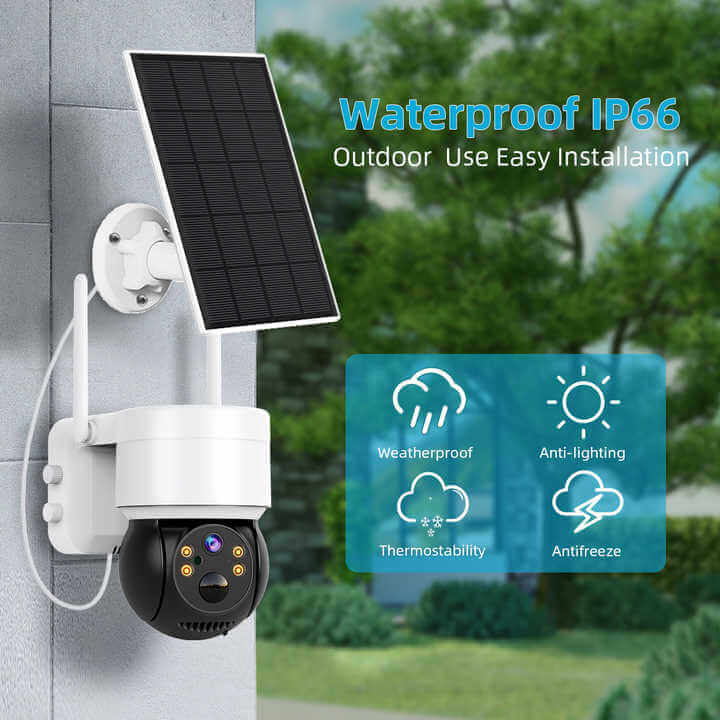
結論
After examining both technologies extensively, AOV solar cameras emerge as the superior choice for off-grid surveillance applications. They solve the fundamental challenges that make traditional CCTV impractical in remote locations while delivering advanced features that enhance security effectiveness. The combination of power independence, AI detection capabilities, and lower total cost makes AOV technology the smart choice for modern off-grid 監視ニーズ.
